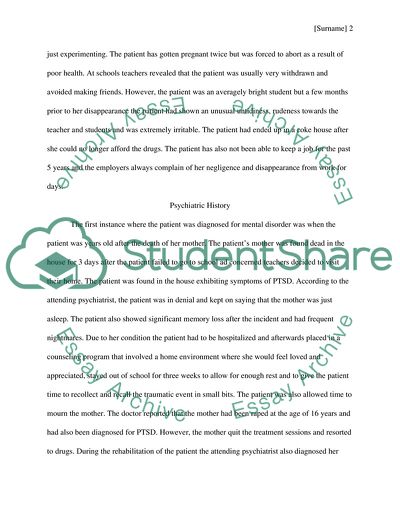Cite this document
(Biopsychosocial Evaluation Case Study Example | Topics and Well Written Essays - 1500 words, n.d.)
Biopsychosocial Evaluation Case Study Example | Topics and Well Written Essays - 1500 words. https://studentshare.org/psychology/1762454-biopsychosocial-evaluation
Biopsychosocial Evaluation Case Study Example | Topics and Well Written Essays - 1500 words. https://studentshare.org/psychology/1762454-biopsychosocial-evaluation
(Biopsychosocial Evaluation Case Study Example | Topics and Well Written Essays - 1500 Words)
Biopsychosocial Evaluation Case Study Example | Topics and Well Written Essays - 1500 Words. https://studentshare.org/psychology/1762454-biopsychosocial-evaluation.
Biopsychosocial Evaluation Case Study Example | Topics and Well Written Essays - 1500 Words. https://studentshare.org/psychology/1762454-biopsychosocial-evaluation.
“Biopsychosocial Evaluation Case Study Example | Topics and Well Written Essays - 1500 Words”. https://studentshare.org/psychology/1762454-biopsychosocial-evaluation.


